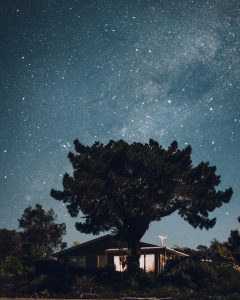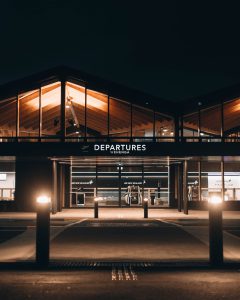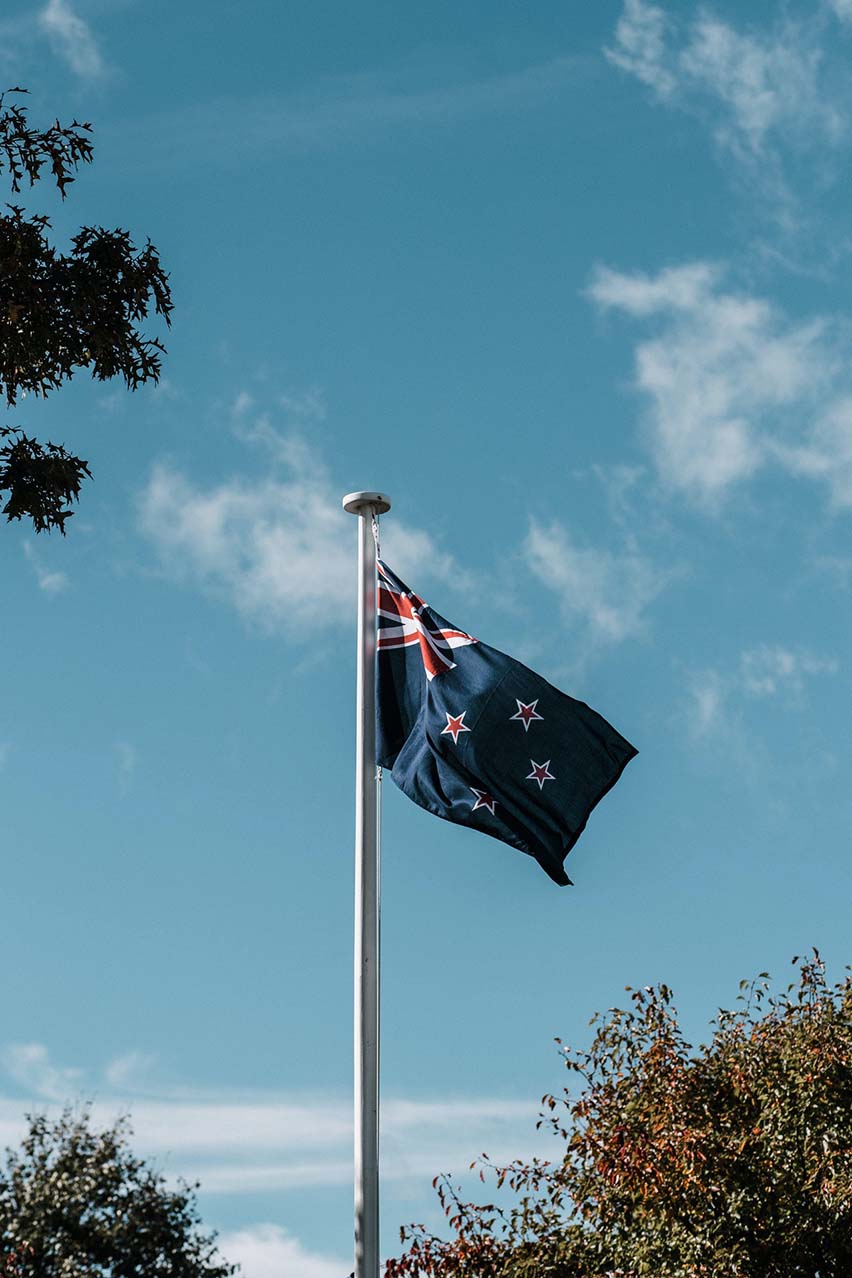This weekend, the Auckland Blues play the Canterbury Crusaders at Christchurch’s Rugby League Park.
A renewal of New Zealand rugby union’s fiercest rivalry, close to 20,000 people will pack into the stands, elbow-to-elbow.
In Europe, the world’s most popular football leagues play in front of empty stadiums right now, while pro basketball, baseball and ice hockey seasons in the United States are about to enter the same strange world; maybe for next season too.
A matter of little consequence six months ago, this weekend’s crowd serves to illustrate the incredible success of New Zealand’s response to the global novel coronavirus pandemic, which has claimed more than 540,000 lives, worldwide. More than 130,000 have died in the United States, alone.
Of the 1186 people in New Zealand infected with COVID-19 since the first case on February 28, just 22 died from it. All those who died were older than 60. 22 current cases are in managed isolation or government quarantine, with community spread likely non-existent for more than two months now.
“We must fight by going hard, and going early.”
The numbers place New Zealand alongside the likes of Vietnam, Taiwan, South Korea and Iceland, as nations who have effectively—almost totally—dealt with COVID-19.
Strict border controls and extensive contact tracing were important levers to pull, but the strength of the effort can largely be put down to direct, trusted public health messaging – and one of the strictest nationwide lockdowns in the world.
“We must fight by going hard, and going early,” Prime Minister Jacinda Ardern told New Zealand, on March 14.
Watching home, from a long way away
As a New Zealander who lives in the United States, it has been interesting to interact with, and contrast, both the Kiwi response and the American one.
While New Zealanders felt great tension from late March to early June, conversations with family and friends have revealed the now-yawning differences in daily life.
I live in Memphis, Tennessee, which would be the second biggest city in New Zealand (around 650,000 people). Despite recently reinforced restrictions on businesses and a city ordinance on masks, Memphis has had 13,135 COVID-19 cases—more than 11 times more than New Zealand (which has around the same population as Alabama).

Back home, the first case of COVID-19 was recorded on February 28, with transmission confirmed several days later. Over the next three weeks, self-isolation measures were introduced for all arrivals, before flights from China were turned away.
On March 21, Ardern introduced a four-level alert system that, at its worst case, would require Kiwis to shelter in place for at least a month. Four days later, Level Four, which implemented lessons learned in Italy and Spain, was reached, and the country shut down.
The first COVID-19 death came on March 28, with cases-per-day peaking on April 2 and 4 at 89. By late April, the tide was well on its way out. So swift was the response, masks were never commonly used in New Zealand.
Before then saw an April where Kiwis only left their houses for food at the grocery store, or to the hospital. No other businesses were allowed to open for Level Four, with the government offering large wage subsidies to most.
Bars, restaurants and liquor stores were closed meaning—for five weeks—New Zealand didn’t eat out.
For this first time since the first Anzac Day, dawn services remembering fallen servicemen and women were cancelled. In a communal act of emotion, Kiwis rose before the sun, stood at the end of their driveways, and reflected.
That national collectivism—which the IMF also attributed to Vietnam—had been tapped. Outside a health minister who repeatedly broke his own rules, the public health messaging was a slam dunk.
“New Zealand is a community, not a society,” The Atlantic wrote in May; a hard truth that does allow public health messaging to have a rapid impact.
Ardern was the one of only two public officials who faced media questions during the entire lockdown, along with the Director-General of Health, Dr. Ashley Bloomfield.
Bloomfield, a former physician who has worked his way to virtually the top spot in Kiwi public health, has acted as New Zealand’s Dr. Anthony Fauci over the last few months. Alongside the Prime Minister, he presented a fearful, but reassuring message to Kiwis who almost exclusively stuck to the extreme measures that response included.
“Her messages are clear, consistent, and somehow simultaneously sobering and soothing,” The Atlantic recently wrote of Ardern.
A bubble of protection
Ardern and Bloomfield championed the concept of the ‘bubble,’ an idea conceived by public health official Dr. Tristram Ingham. Those you shared a ‘bubble’ with those you lived with. Outside getting groceries or walking the dog, contact with anyone else was rare.
Ranging from a pub in Matamata (North Island) to a wedding reception in the Bluff (South Island), ‘clusters’ of COVID-19 cases dominated the news. Like the U.S, a number of nursing homes were hit badly.
Beyond the initial COVID crisis, New Zealand’s borders still remain closed to all but citizens, barring rare exceptions. Returning Kiwis are placed in a two-week government mandated-quarantine, which takes place in a number of hotels around the country.
Outside of a fascinating election, my Kiwi friends will share little daily lifestyle with me for a fair while. Normal is back, like the rugby and a cold beer at the pub.
Despite some issues around the implementation of border controls, which has seen some returnees slip briefly back into the community during their managed isolation, recent cases in New Zealand have all been monitored and isolated by the Ministry of Health.
While New Zealand’s effective defeat of COVID-19 is impressive, one must consider the tremendous advantages that come with its geographic isolation, relatively low population, and time to study how other nations have responded.
Intensive Care Unit (ICU) wards in New Zealand never felt anything anywhere near the surge felt in even medium-sized regional hospitals across the U.S right now. Fortunately too, as the whole country had around only 500 ventilators when the lockdown began.
Limited Personal Protective Equipment (PPE) was available to hospitals, while recent reportage from Radio New Zealand has shown how the nation’s under-funded public health system could have been in serious trouble had the lockdown not worked (New Zealand has universal healthcare, along with private options).
The economic aftershocks of the pandemic will be far more severe in the import-heavy nation, which has a large trade dependence on China.

Unemployment will soon rise as wage subsidies are taken off, and a recent COVID-19 outbreak in Melbourne has poured cold water on the potential of a Tasman travel bubble that the US$25 billion tourism industry was praying for.
An election this September could test the shaky policy credentials of the now-world famous Ardern.
Outside of a fascinating election, my Kiwi friends will share little daily lifestyle with me for a fair while. Normal is back, like the rugby and a cold beer at the pub.
Restaurants are humming, and domestic tourists are reconnecting with their homeland. Everyone tells me that lockdown feels ‘like ages ago’, now.



